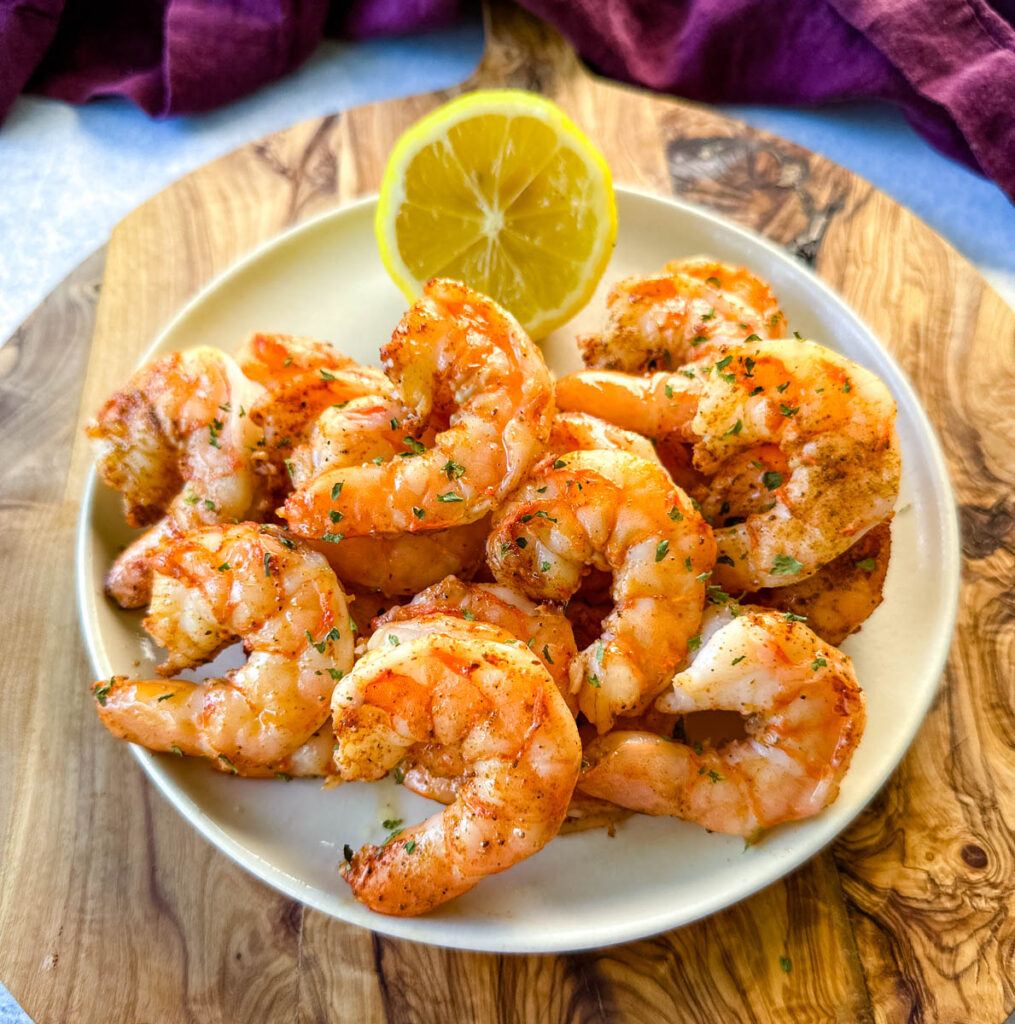
Why You Will Love This Recipe
- Preserves Texture and Flavor: Steaming is a gentle cooking method that helps preserve the delicate texture and natural flavor of shrimp. It prevents the shrimp from becoming tough or rubbery, which can happen with more aggressive cooking methods.
- Healthier Option: It requires minimal or no added fats or oils, making it a healthier cooking technique compared to frying or sautéing. It allows you to enjoy the pure taste of the shrimp without excess calories.
- Quick and Efficient: This is a quick cooking method making it a convenient option for busy weeknight dinners or last-minute meal preparations.
- Even Cooking: Steaming ensures that shrimp cook evenly throughout, avoiding the risk of overcooking some parts while undercooking others.
- Versatility: Steamed shrimp can be enjoyed on its own as a flavorful appetizer or added to various dishes like salads, pasta, stir-fries, or rice dishes.
- Adaptable Cooking: Steamed shrimp can be served hot, warm, or chilled, giving you flexibility in how you incorporate them into your meals.
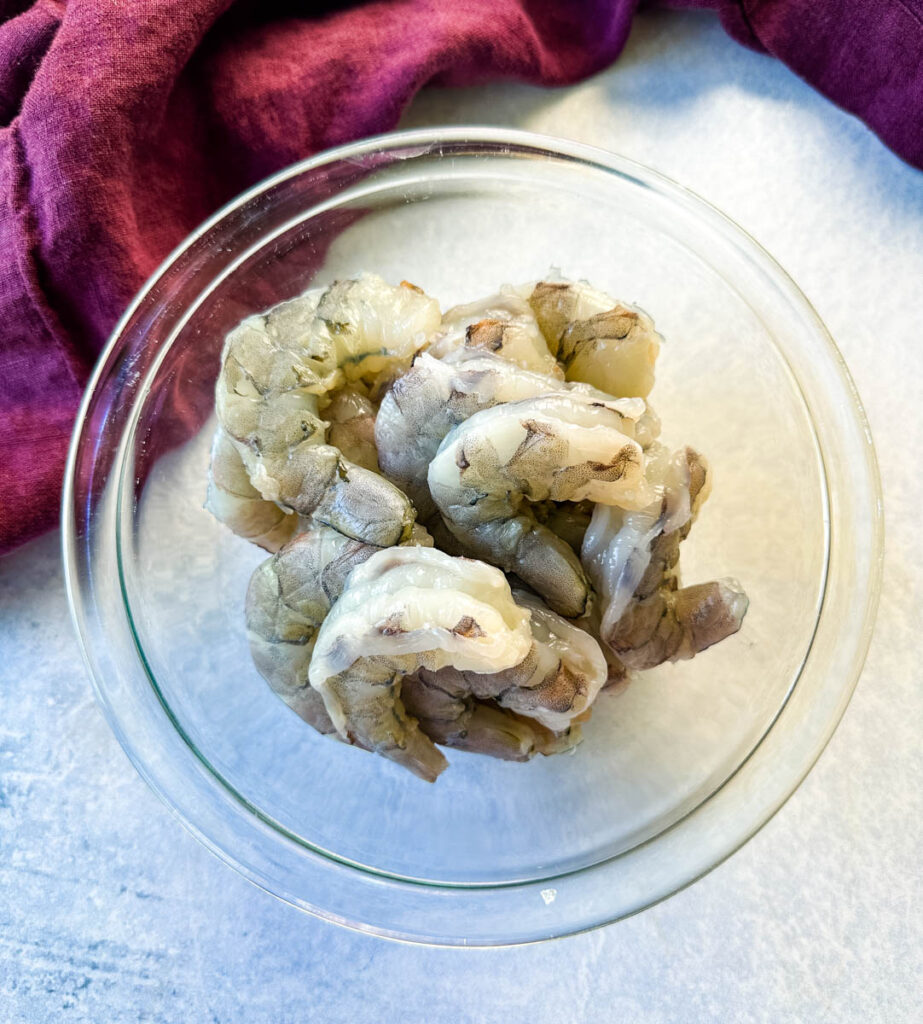
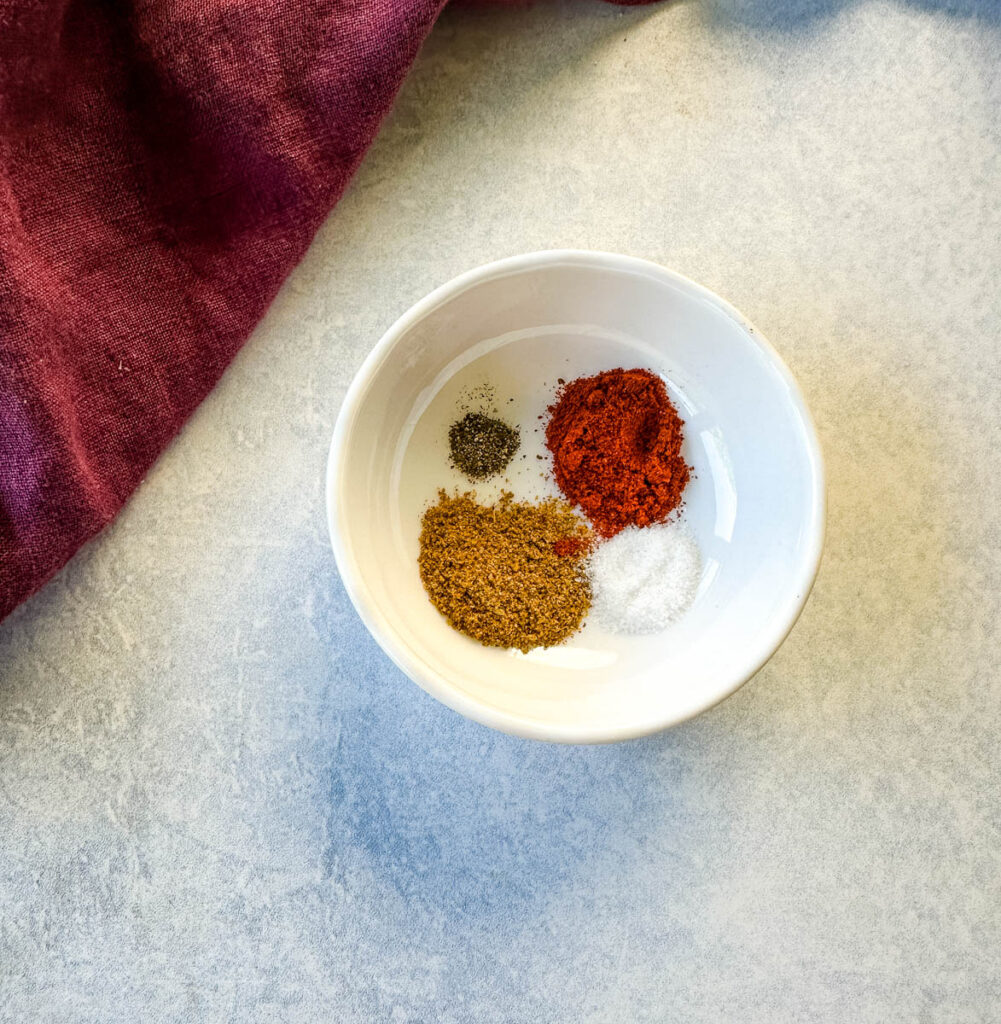
What Steamer to Use
I recommend using a steaming basket that is large enough to accommodate all of the shrimp.
I use this Always NonStick Pan from Amazon that comes with a steaming basket. I misplaced the original steamer and ordered a bamboo one to use instead. Either will work.
You can also use this steaming basket. It’s small so you will likely have to cook in batches if used.
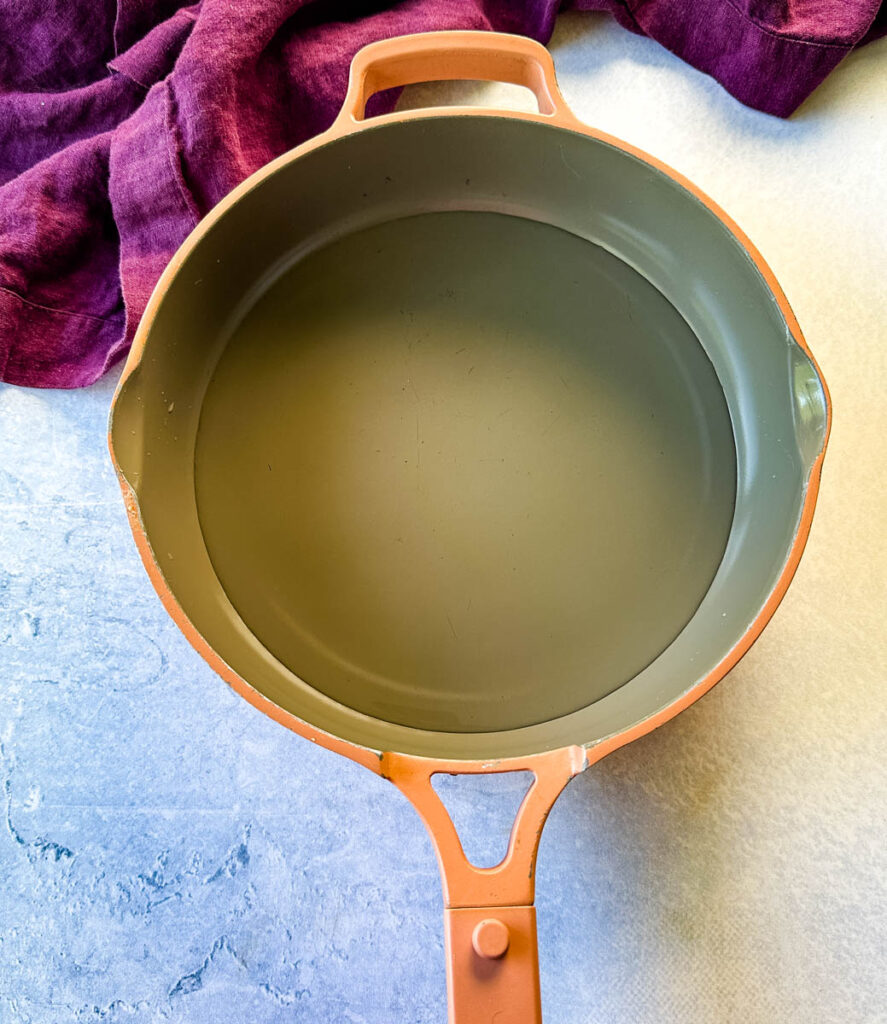
How to Make Steamed Shrimp
Full detailed instructions are below in the recipe card.
- Fill a large pot or pan with 1-2 inches of water. Bring the water to a boil.
- Season the shrimp with the spices and ensure the shrimp is fully coated.
- Once the water is boiling, place a steamer basket or metal colander into the pot.
- Arrange the seasoned shrimp in the steamer basket or colander.
- Cover the pot with a lid and let the shrimp steam.
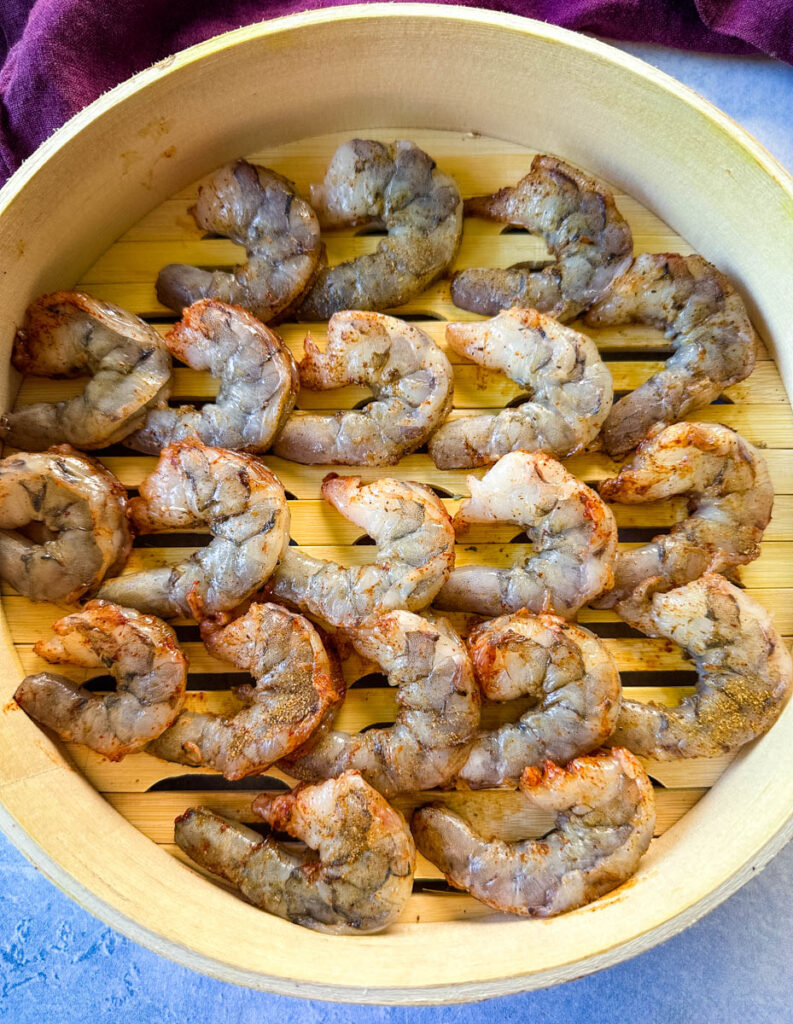
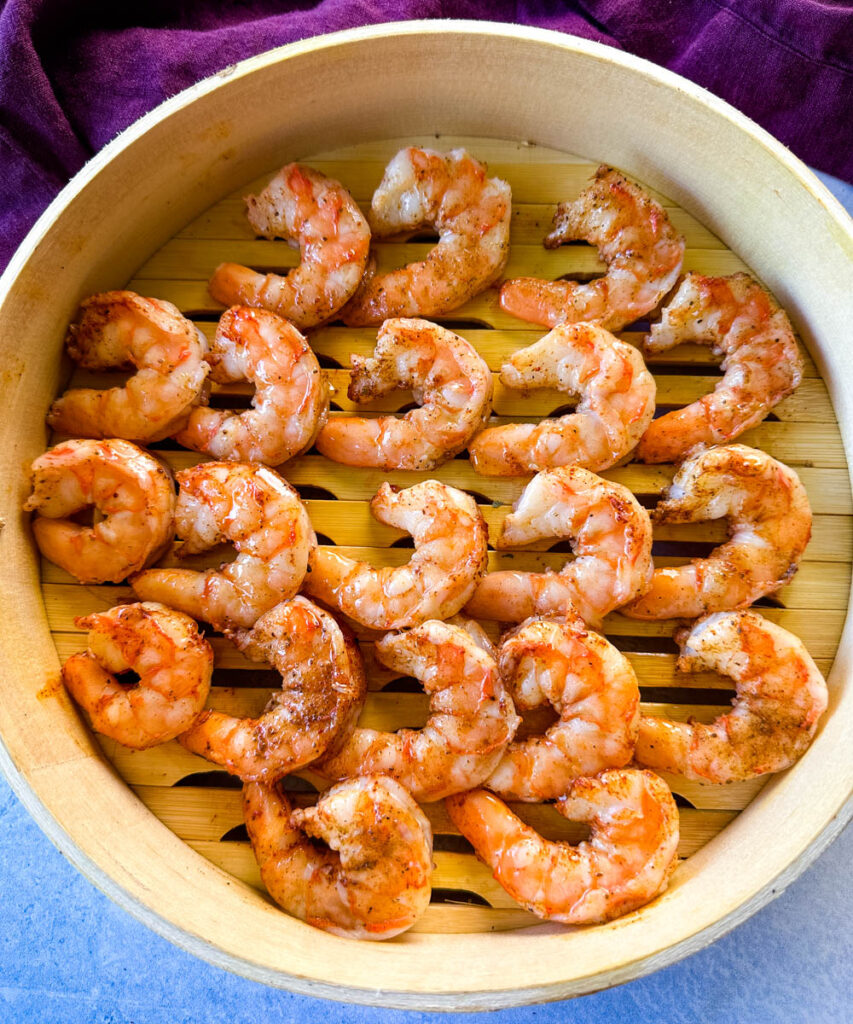
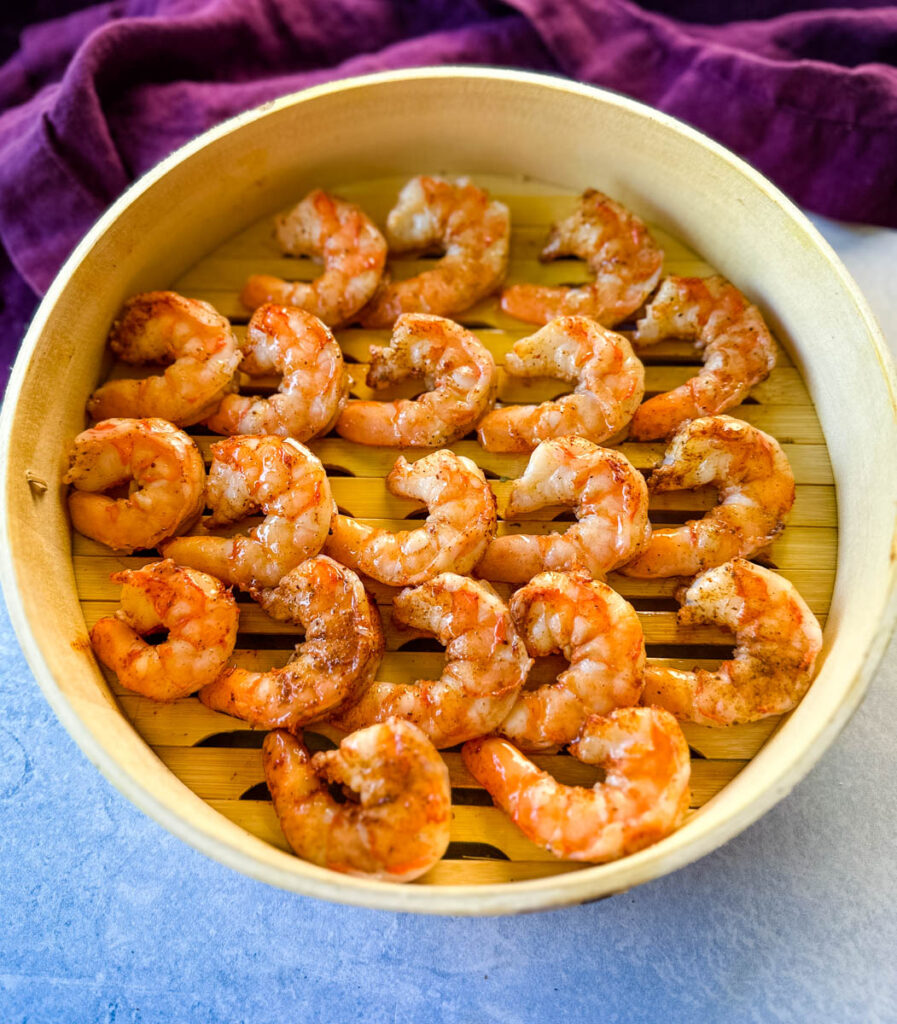
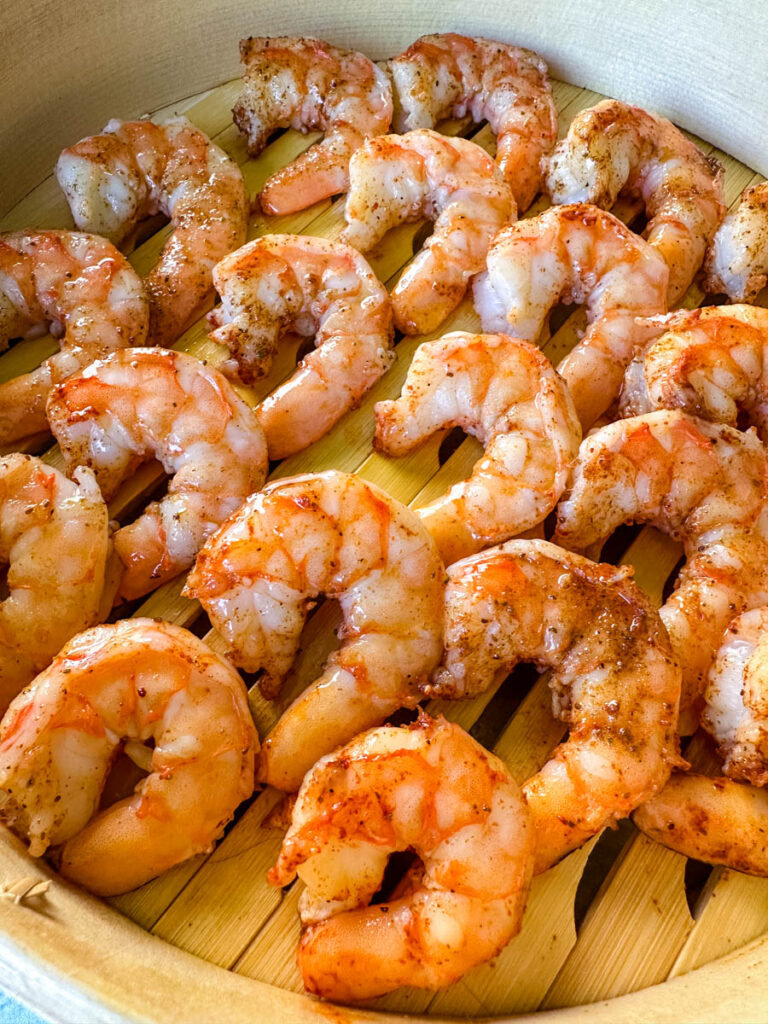
How to Store Leftovers
Leftovers can be stored tightly covered and sealed for 3-4 days in the fridge.
How to Reheat
The best way to reheat is in the air fryer at 350 degrees until warm or seared in a pan with butter. The more you reheat it, the tougher the texture will become so be cautious.
Freezer Tips
The texture may change slightly upon thawing and reheating. The shrimp may be slightly less firm compared to when they were freshly cooked. You can freeze it for 2-3 months.
Pair With These Recipes
Slow Cooker Crockpot Cheesy Potatoes
Au Gratin Potatoes with Bacon and Cheese
Roasted Brussels Sprouts with Garlic
Collard Greens with Smoked Turkey
More Shrimp Recipes
Shrimp Enchiladas Recipe
Shrimp Spaghetti
Shrimp Jambalaya
Cajun Shrimp Gumbo
Shrimp and Steak Surf and Turf
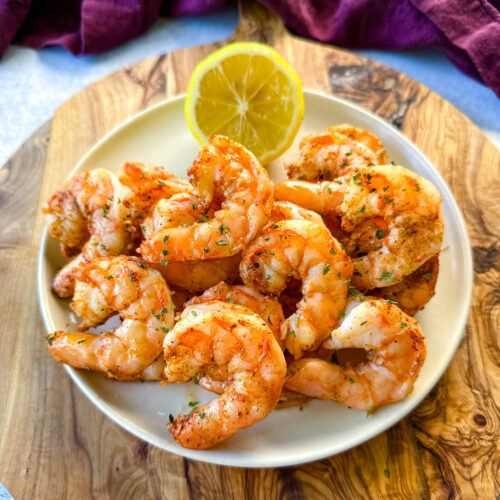
Old Bay Steamed Shrimp
Ingredients
- 1 pound raw shrimp Deveined; Peeled or Shells On based on your preference
- 1/2 teaspoon smoked paprika
- 1/2-1 teaspoon Old Bay
- salt and pepper to taste
Instructions
- Fill a large pot or pan with 1-2 inches of water. Bring the water to a boil. Use enough water to fill the pot without the steamer basket touching the water.
- While the water is coming to a boil, prepare the shrimp. Season the shrimp with the spices and ensure the shrimp is fully coated.
- Once the water is boiling, place a steamer basket or metal colander into the pot. Ensure that the bottom of the basket or colander does not touch the boiling water.
- Arrange the seasoned shrimp in the steamer basket or colander.
- Cover the pot with a lid and let the shrimp steam for about 2 to 5 minutes, depending on the size of the shrimp. The shrimp will turn from grey to pink and opaque when fully cooked.
- Carefully remove the steamer basket or colander from the pot, using oven mitts or tongs to protect your hands from the hot steam. Transfer the steamed shrimp to a serving platter.
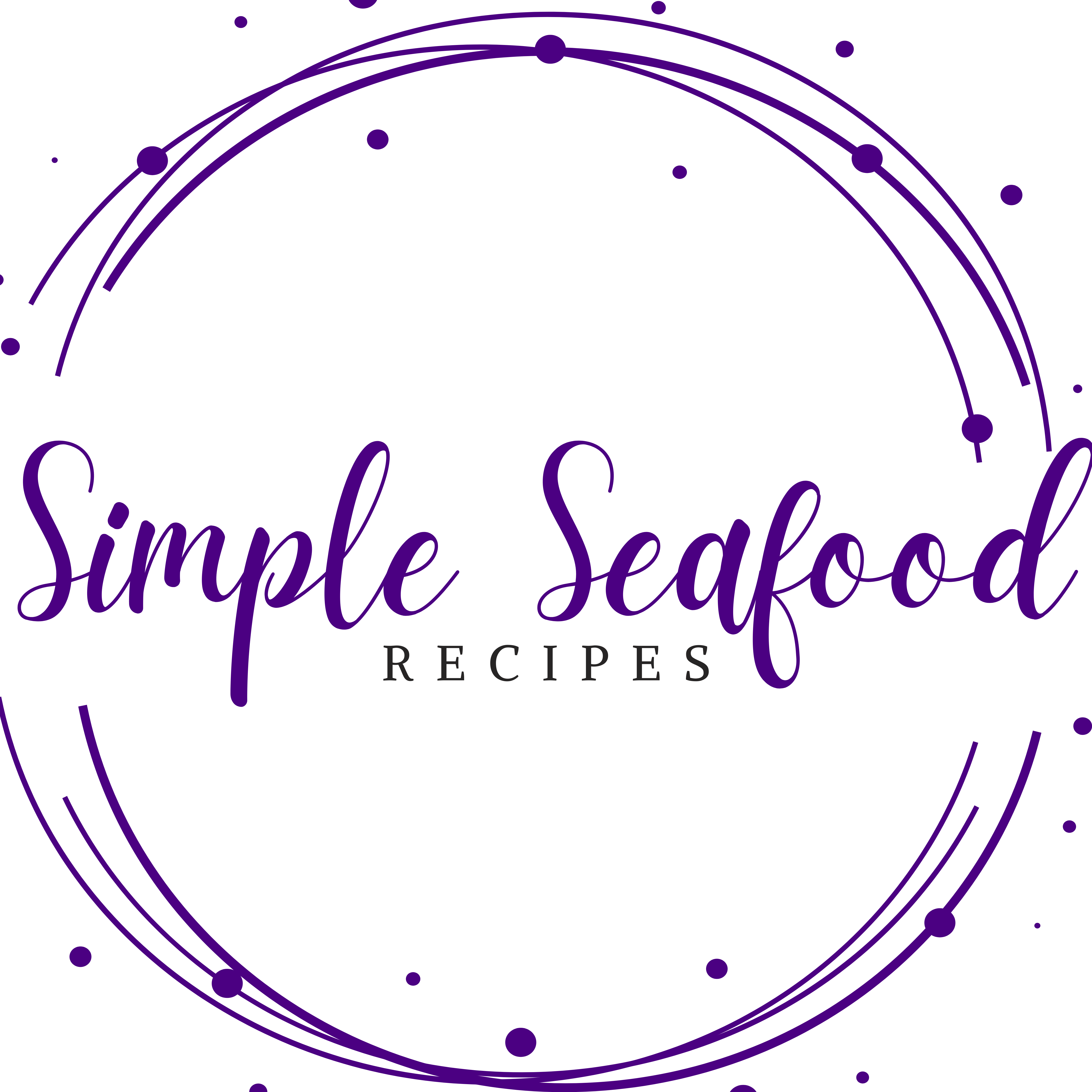
KfnqDuxw
Wednesday 14th of May 2025
1
Felicia
Wednesday 20th of September 2023
This was such an easy way to prepare shrimp. They were tender and moist. I love all of the serving suggestions in the recipe. I’m going to stock up on shrimp. This is an easy go to recipe. My 6 year old daughter loves these as well, very kid friendly. Thank you!
Brandi Crawford
Friday 29th of September 2023
YAY! Glad to hear it was kid friendly.
Ashley
Wednesday 6th of September 2023
Such a perfectly easy way to make a delicious staple, perfect on their own or thrown in with salads. Definitely will be on repeat!
Brandi Crawford
Wednesday 6th of September 2023
I'm glad to hear it will be on repeat!